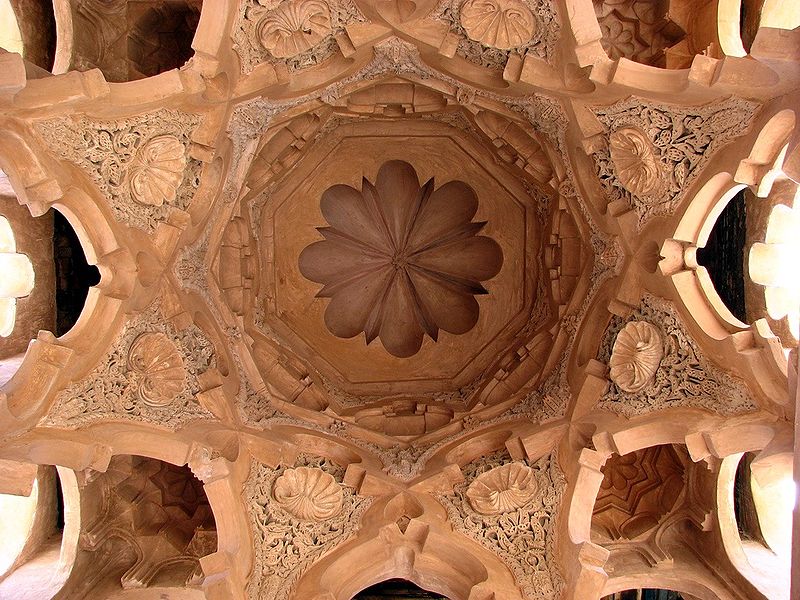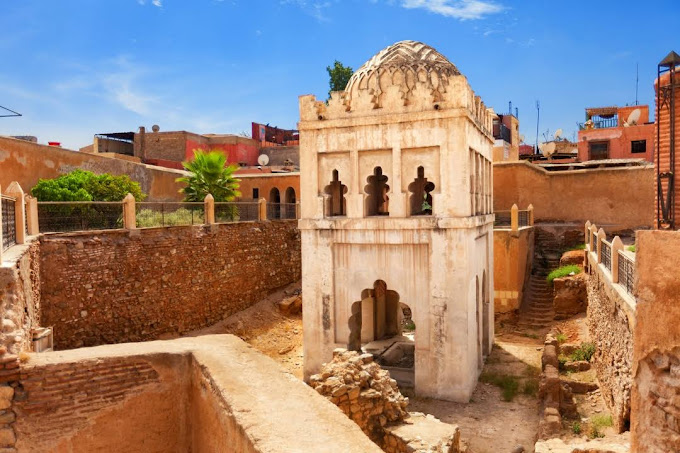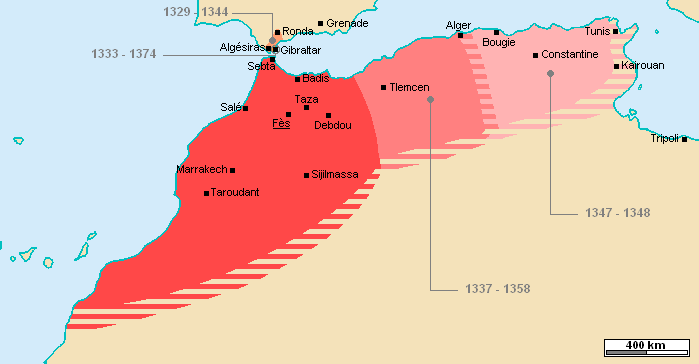In this brief exploration of Moroccan history, we’ll focus on the three most prominent and recent berbers dynasties which are: the Almoravids, Almohades, and Merinids.
we’ll uncover the lasting legacies of each empire. This concise look at Morocco’s past is designed to give you a general overview of these dynasties and the impact they had on the country’s heritage.
1- The Almoravids
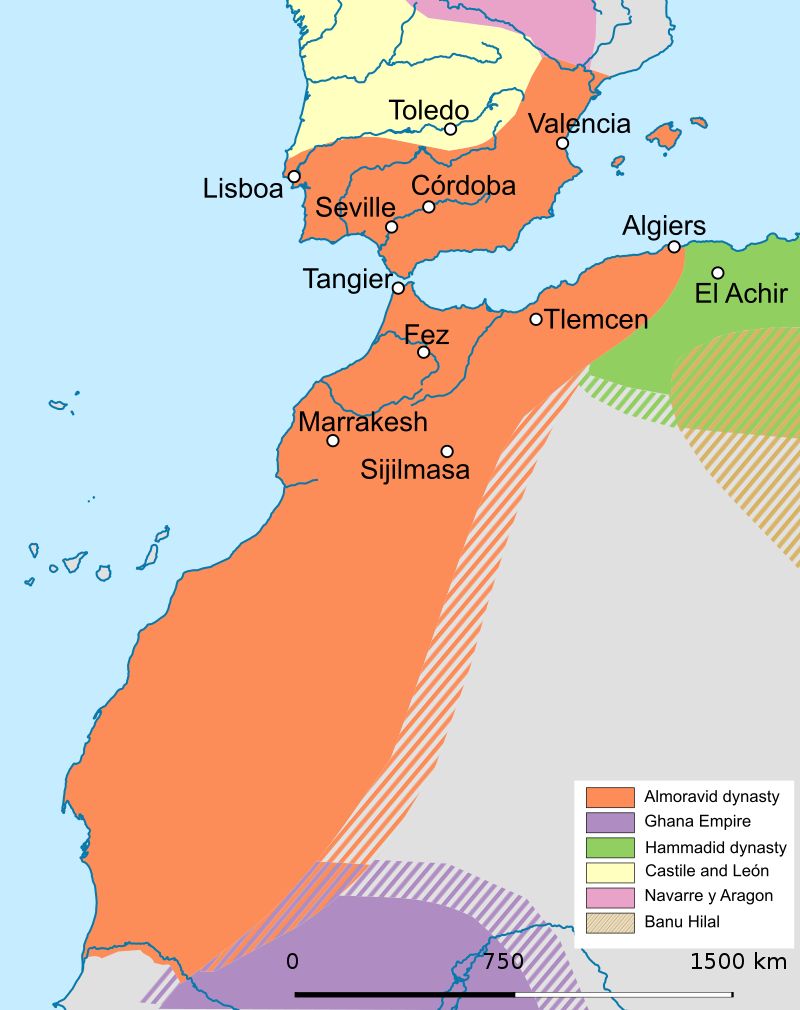 were a Berber-Muslim dynasty that arose in North Africa in the 11th century and eventually spread into the Iberian Peninsula (modern-day Spain and Portugal). The Almoravid Empire was recognized for its religious fervour, military strength, and effect on the region’s political and cultural environment throughout its reign.
were a Berber-Muslim dynasty that arose in North Africa in the 11th century and eventually spread into the Iberian Peninsula (modern-day Spain and Portugal). The Almoravid Empire was recognized for its religious fervour, military strength, and effect on the region’s political and cultural environment throughout its reign.
Beginning in the 1050s, it developed an empire that spread throughout the western Maghreb and Al-Andalus.
The Almoravids left their mark through significant architectural contributions, including the iconic Koutoubia Mosque in Marrakech.
2- Almohades
The Almohads was founded by Ibn Tumart among the Berber Masmuda tribes, emerged in the 12th century as a Berber movement that eventually overthrew the Almoravids. Led by Abd al-Mu’min, they promoted a stricter interpretation of Islam and established a powerful empire that stretched from North Africa into parts of the Iberian Peninsula. Their rule marked a period of religious and cultural transformation, they also made significant advances in architecture and are responsible for the construction of the stunning Giralda Tower in Seville
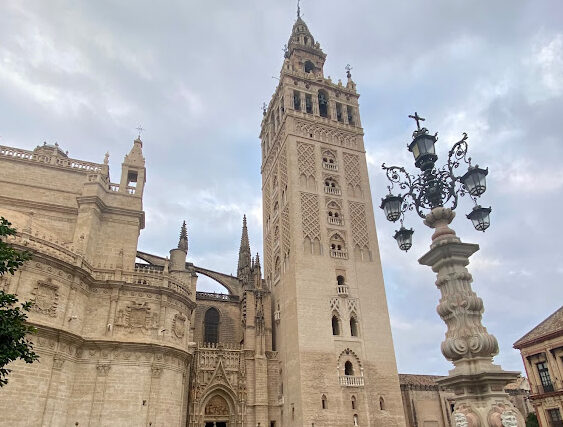
3- Merinids
The Merinids were a Berber dynasty that ruled parts of North Africa, including Morocco and parts of Algeria and Tunisia, from the 13th to the 15th century. They were known for their patronage of art, architecture, and learning. they left a lasting legacy of intricate zellij tilework and calligraphy.
The Merinid capital, Fez, became a center of culture and scholarship during their rule.
The contributions of these three empires and their influence are important, but they are only a glimpse into the broader history that extends far back in time, offering a deeper understanding of the complexity of human civilization especially in north africa.

